#chinese silks
Text


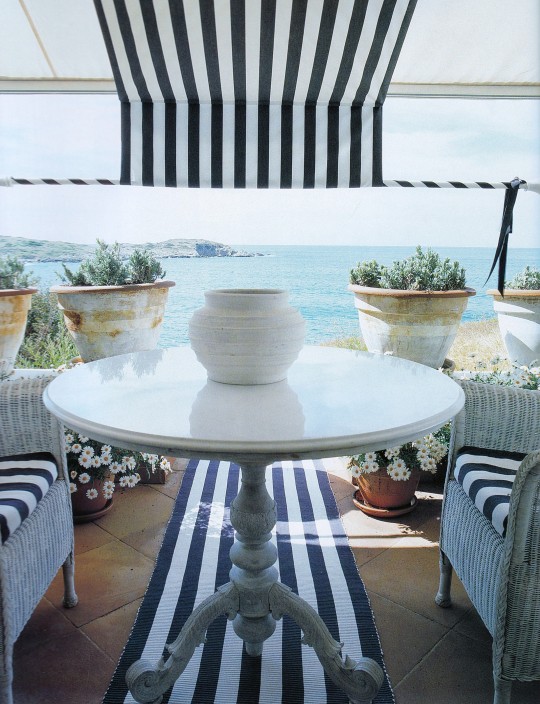
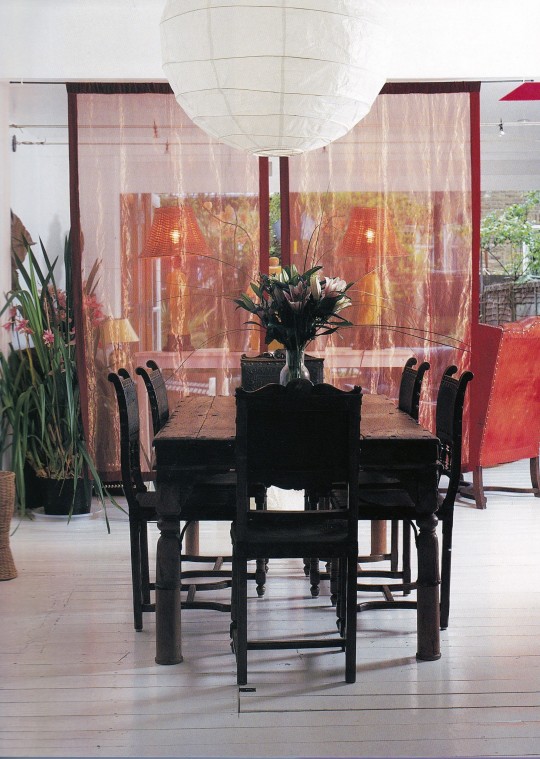
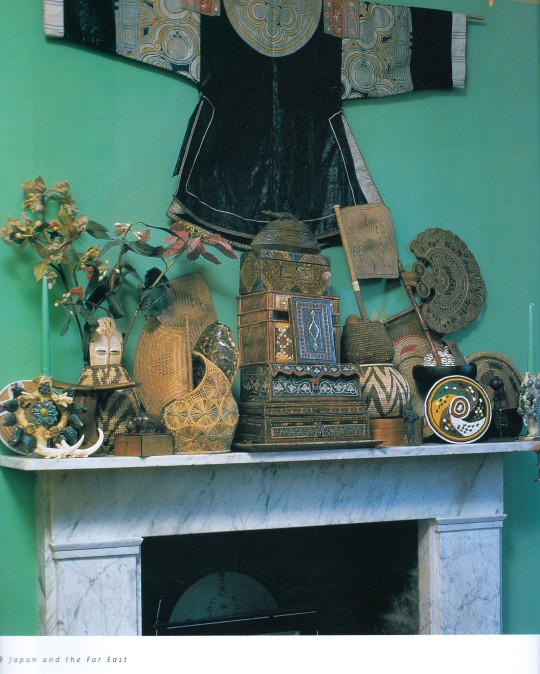
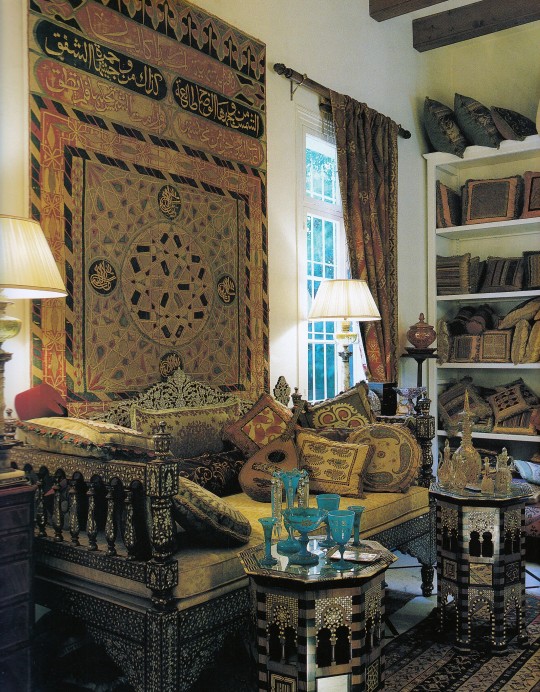
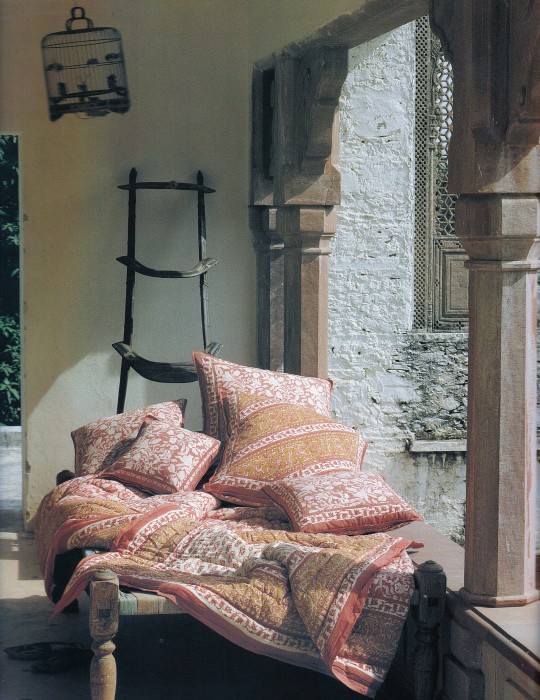


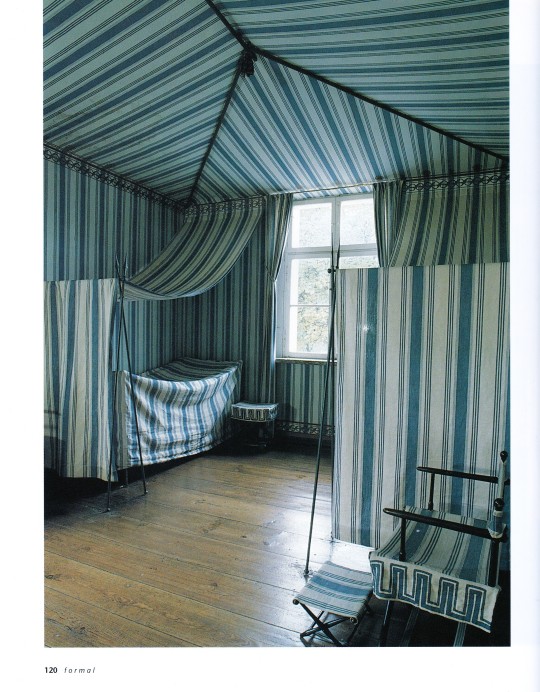


Living with Textiles
Elaine Louie
Mitchell Beazley, London 2001, 144 pages, over 140 colour photos, 24x29cm, ISBN 9781840003871
euro 30,00
email if you want to buy [email protected]
Chinese silks, Egyptian linens, Afghan rugs: every culture recognizes the sensuality and functionality of textiles. Yet, too often their striking contribution to the modern interior is overlooked. Over 140 eye-opening color photos reveal what a wonderful difference they make, draping the walls, covering a bed, upholstering the furniture, warming the floors, softening the lines. Display a small hooked rug as a piece of art, or turn an obi (a kimono sash) into the perfect table runner--you're limited only by your imagination. Every page features a new application for textiles in the home, from hangings to room dividers, as well as information on particular fashions and period effects, including Indian, Japanese, African, French, and English Formal. It's inspiration and information for bringing unique style to your environment.
17/07/23
orders to: [email protected]
ordini a: [email protected]
twitter:@fashionbooksmi
instagram: fashionbooksmilano
designbooksmilano
tumblr: fashionbooksmilano
designbooksmilano
#Living with textiles#chinese silks#egyptian linens#textiles in the home#afghan rugs#indian textiles#japanese textiles#african textiles#french extiles#english textiles#designbooksmilano#fashionbooksmilano
7 notes
·
View notes
Text


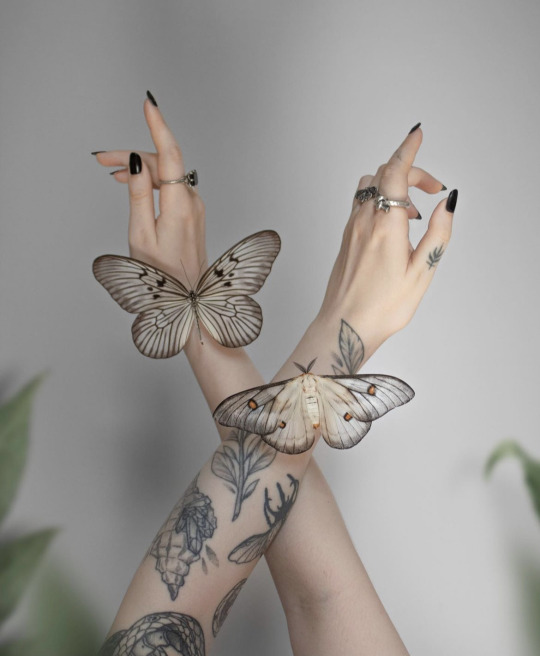
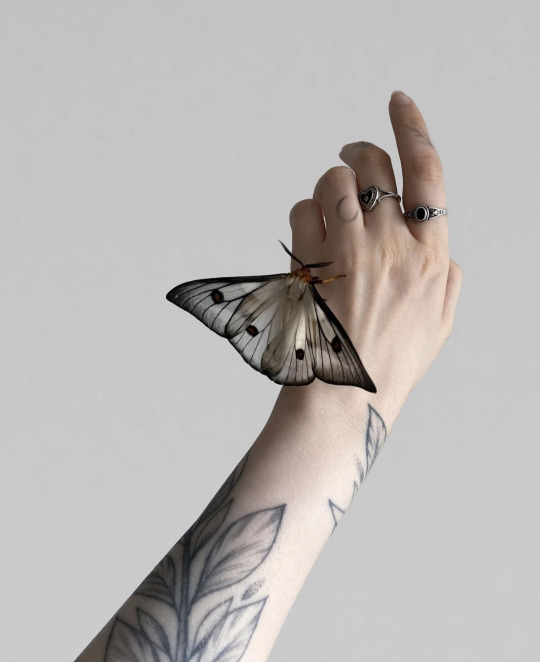
gorgeous creatures | we don’t deserve moths
#moths#tattoos#moth tattoo#moth#luna moth#moon moth#chinese moon moth#ghostly silk moth#entomology#entomologist#bugs#insect#insects#creatures#grunge#aesthetic#pale grunge#soft grunge#mothman#moths aesthetic#dark aesthetic#moody#moody aesthetic#butterflies#lepidopterist#moth girl#bug girl#insect taxidermy#moth taxidermy#mothica
2K notes
·
View notes
Text

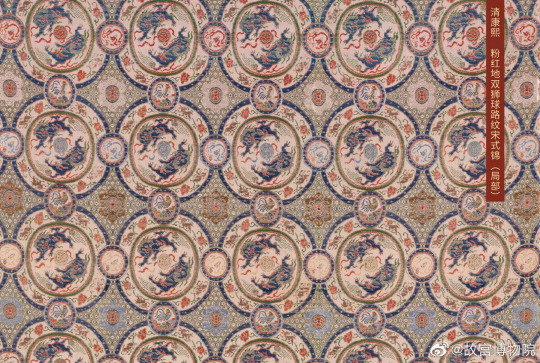
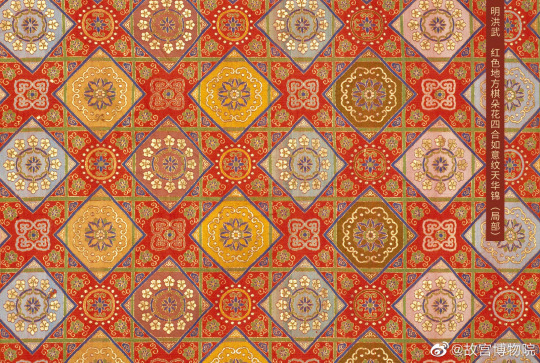


Chinese traditional patterns. 🧶🧵
#chinese culture#hanfu#textiles#patterns#chinese history#silk#china#east asia#designs#weaving#silk weaving#tiles#Art
740 notes
·
View notes
Text
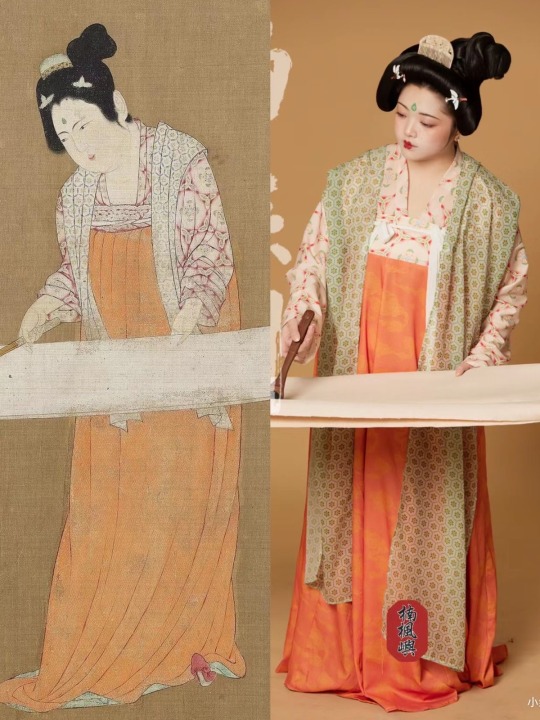

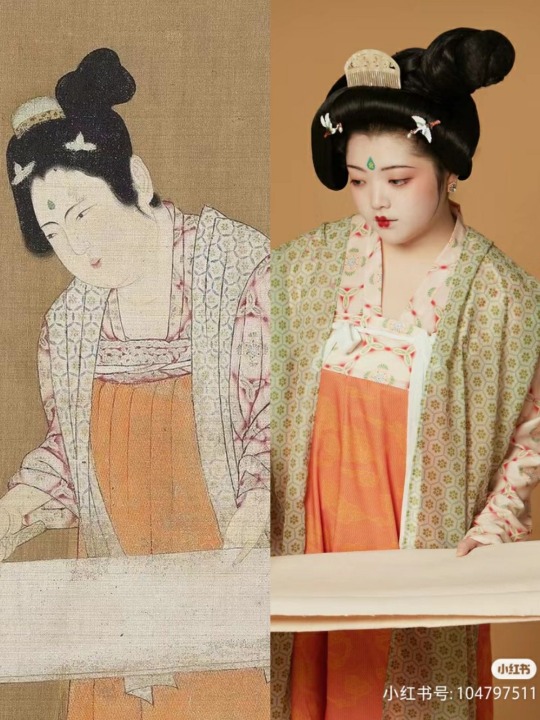

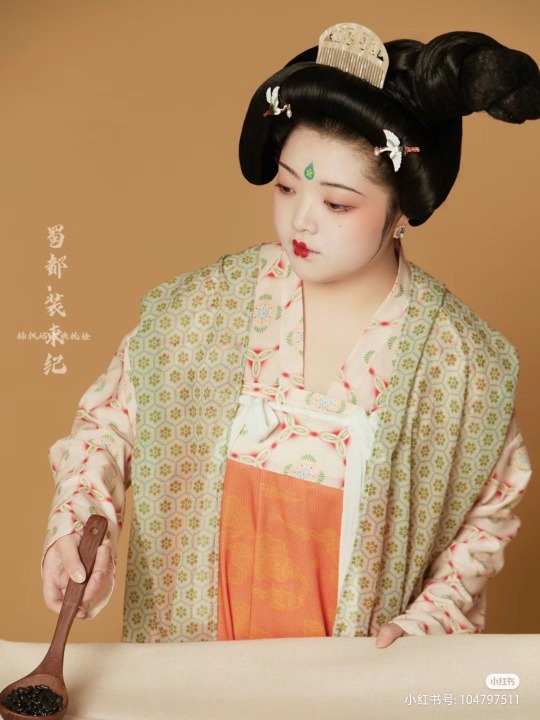
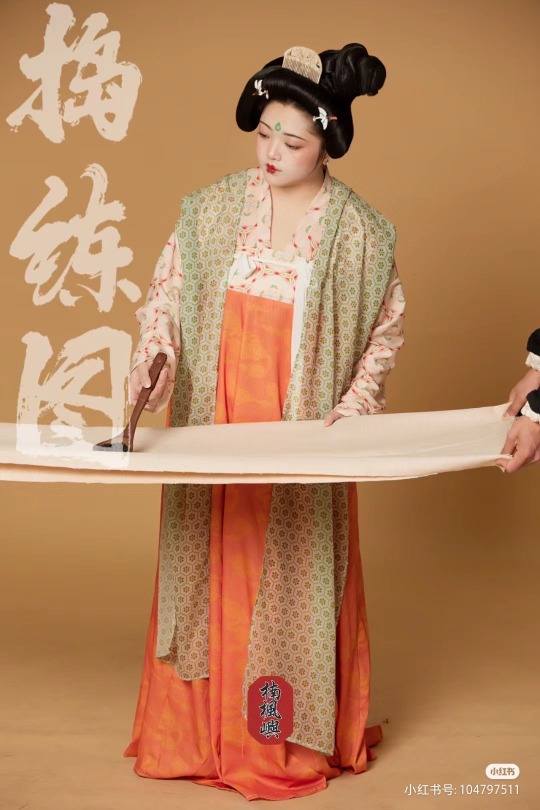

【Historical Reference Artifacts】:
• China Tang Dynatsy Painting:《Court Ladies Preparing Newly Woven Silk /搗練圖卷》
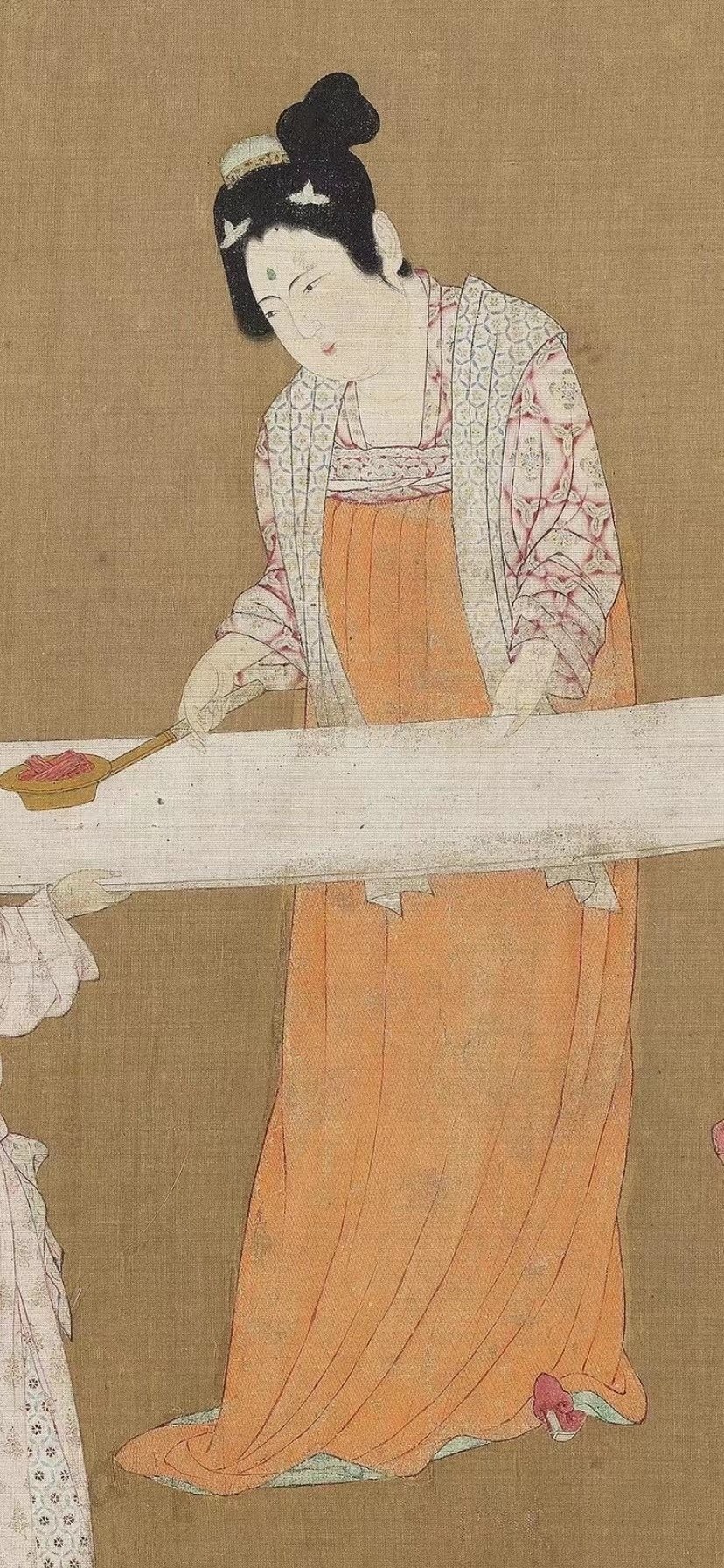


[Hanfu · 漢服]Chinese Tang Dynasty(618-907A.D)Traditional Clothing Based On Tang Dynasty Painting 【捣练图/Court Ladies Preparing Newly Woven Silk】
————————
📸Recreation Work:@楠枫屿 & @成都欧曼谛时尚美业学校
🔗 Xiaohongshu App:http://xhslink.com/1cfoDu
————————
#chinese hanfu#Tang Dynasty(618-907A.D)#hanfu#hanfu accessories#hanfu_challenge#chinese traditional clothing#chinese#china#Chinese history#chinese fashion#中華風#汉服#漢服#ruqun#捣练图#Court Ladies Preparing Newly Woven Silk
245 notes
·
View notes
Text

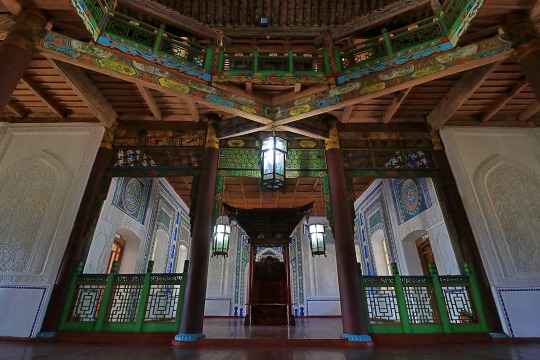







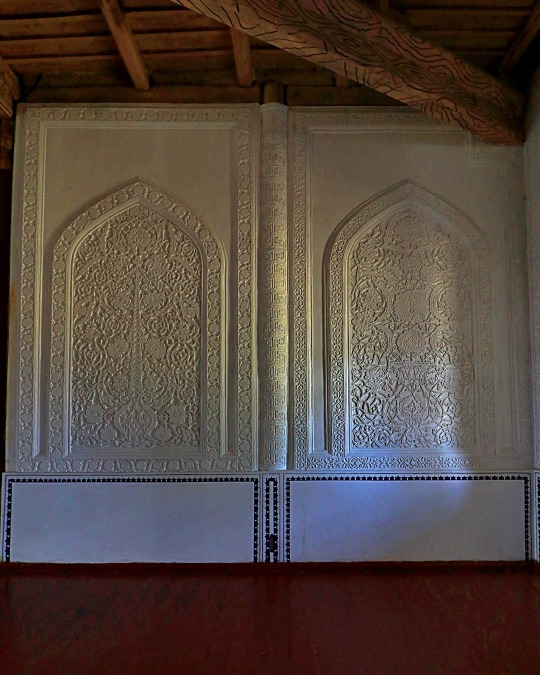
Old Mosque ( Zharkent / Kazakhstan )
#travel photography#visitkazakhstan#aroundtheworld#explore#trip#adventure#zharkent#travelphotography#photooftheday#zharkentoldmosque#travel#traveling#silk road#pickoftheday#chineseislamicarchitecture#chinese architecture#central asia#kazakhstan#architecture#islamic architecture#kazakhstantravel
101 notes
·
View notes
Text

Female Europid Mummy from the Necropolis of Subexi III, Grave M6, Turfan District, Xinjiang. 5th-3rd C. BCE. Source: Baumer, Christoph.The history of Central Asia. Vol.1. The age of the steppe warriors. London : I.B. Tauris, 2012. pg. 218 left DS329.4 .B38 2012. Image via University of Pennsylvania. See maps in the post before this one for a better understanding of the geography discussed.
"Section 26 – The Kingdom of Nearer [i.e. Southern] Jushi 車師前 (Turfan)
1. ‘Nearer Jushi’ 車師前 refers to the kingdom or state centered in the Turfan oasis or, sometimes, to the tribe which controlled it. There can be no question that Nearer Jushi refers here to the Turfan Oasis. See for example: CICA, p. 183, n. 618; also note 1.5 above. For the etymology of the name Turfan see Bailey (1985), pp. 99-100, which is summed up in his sentence: “The name turpana- is then from *druva-pāna- ‘having safe protection’, a name suitable for a walled place.”
“One other oasis town is currently under excavation. At Yarghul (Jiaohe), 10 km (16 miles) [sic – this should read 10 miles (16 km)] west of Turpan, archaeologists have been excavating remains of the old Jushi capital, a long (1,700 m (5,580 ft)) but narrow (200 m (656 ft)) town between two rivers. From the Han period they uncovered vast collective shaft tombs (one was nearly 10 m (33 ft) deep). The bodies had apparently already been removed from these tombs but accompanying them were other pits containing form one to four horse sacrifices, with tens of horses for each of the larger burials.” Mallory and Mair (2000), pp. 165 and 167.
“Some 300 km (186 miles) to the west of Qumul [Hami] lie [mummy] sites in the vicinity of the Turpan oasis that have been assigned to the Ayding Lake (Aidinghu) culture. The lake itself occupies the lowest point in the Turpan region (at 156 m (512 ft) below sea level it is the lowest spot on earth after the Dead Sea). According to accounts of the historical period, this was later the territory of the Gushi, a people who ‘lived in tents, followed the grasses and waters, and had considerable knowledge of agriculture. They owned cattle, horses, camels, sheep and goats. They were proficient with bows and arrows.’ They were also noted for harassing travellers moving northwards along the Silk Road from Krorän, and the territories of the Gushi and the kingdom of Krorän were linked in the account of Zhang Qian, presumably because both were under the control of the Xiongnu. In the years around 60 BC, Gushi fell to the Chinese and was subsequently known as Jushi (a different transcription of the same name).” Mallory and Mair (2000), pp. 143-144.
“History records that in 108 BC Turpan was inhabited by farmers and traders of Indo-European stock who spoke a language belonging to the Tokharian group, an extinct Indo-Persian language [actually more closely related to Celtic languages]. Whoever occupied the oasis commanded the northern trade route and the rich caravans that passed through annually. During the Han Dynasty (206 BC-AD 220) control over the route see-sawed between Xiongnu and Han. Until the fifth century, the capital of this kingdom was Jiaohe.” Bonavia (1988), p. 131.
“Turpan is principally an agricultural oasis, famed for its grape products – seedless white raisins (which are exported internationally) and wines (mostly sweet). It is some 80 metres (260 feet) below sea level, and nearby Aiding Lake, at 154 metres (505 feet) below sea level, is the lowest continental point in the world.” Ibid. p. 137.
“The toponym Turfan is also a variation of Tuharan. Along the routes of Eurasia there are many other place names recorded in various Chinese forms that are actually variations of Tuharan.” Liu (2001), p. 268."
-Notes to The Western Regions according to the Hou Hanshu. Second Edition (Extensively Revised and Expanded). John E. Hill. University of Washington.
#tocharian#celtic#indo european#tarim basin#xinjiang#chinese history#mummies#history#ancient history#archaeology#anthropology#silk road#pagan
458 notes
·
View notes
Photo

Happy Lunar New Year to all celebrating!
Wishing You and Your Beloved Ones A Happy New Year!
Peace, Safety and Good Luck Continually for 2023!
'Three Rabbits' (1644–1911). Silk painting, formerly attributed to Gong Ji (Chinese, Northern Song dynasty). Courtesy The Met
#happynewyear#happy202#happy lunar new year#happy chinese new year#peace#love#joy#health#happy 2023 new year#china#rabbit new year#year of the rabbit#happy lunar year#themet#silk#painting#gong ji#song dynasty#style#history
475 notes
·
View notes
Text
ride the cyclone but the choreography involves circus skills. do u see my vision.
#tay talks#tay posts#ride the cyclone#ballad of jane doe but with aerial silk/strap/hoop?? or maybe trapeze??? or banquine??#CONTORTION??? that could also work during jane doe’s entrance#noel’s lament with chinese or danish pole???#sugar cloud with cloud swing???? (it literally has cloud in the name come on)#what the world needs with free standing ladder??#i’ll reblog this tmr with more thought out ideas but u get the gist of it
80 notes
·
View notes
Text
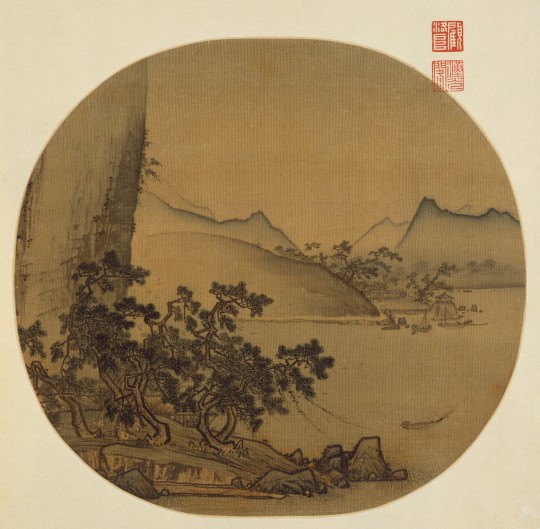
Boats Moored in Wind and Rain, unknown artist (formerly attributed to Yan Ciyu), 1200s (Jin or Yuan Dynasty)
#art#art history#Asian art#China#Chinese art#East Asia#East Asian art#Imperial China#Jin Dynasty#Yuan Dynasty#landscape#landscape painting#landscape art#rain scene#painted fan#album leaf#ink and color on silk#13th century art#Metropolitan Museum of Art
96 notes
·
View notes
Photo
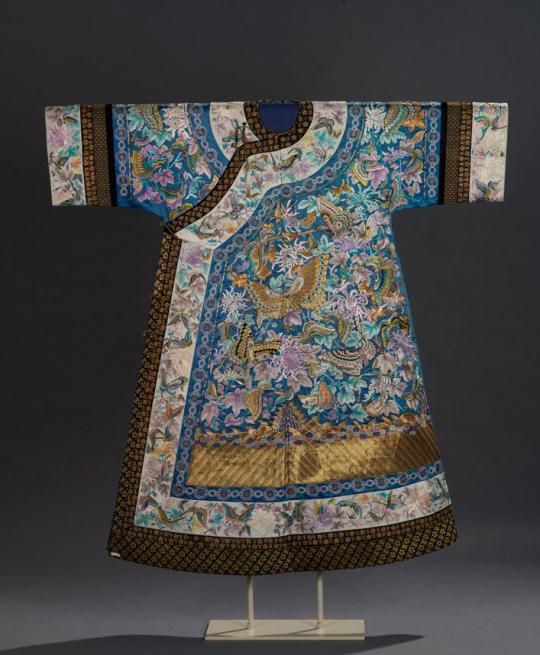
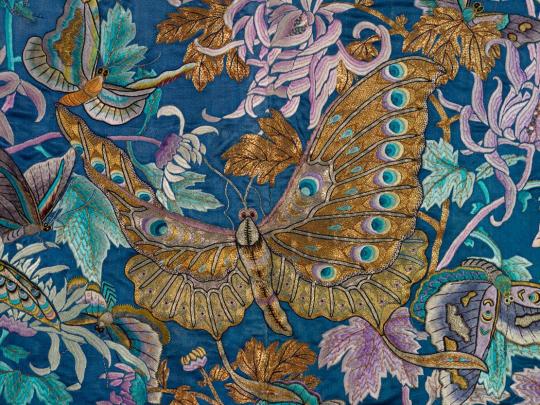
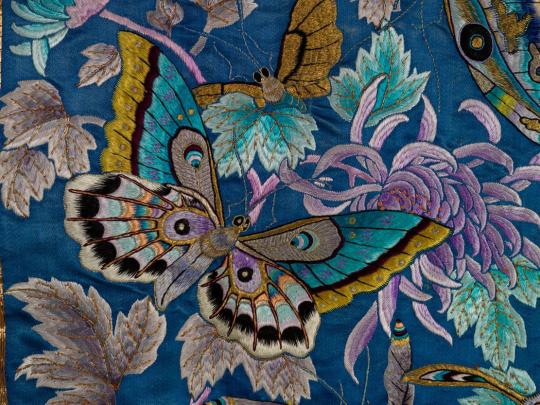
Coat, said to have belonged to Empress Dowager Cixi
c.1890-1900 (Qing Dynasty)
China
Royal Ontario Museum (Object number: 919.6.128)
#coat#fashion history#historical fashion#cixi#chinese fashion#non western fashion#1890s#1900s#blue#embroidery#19th century#20th century#silk#satin#empress cixi#empress dowager cixi#royal ontario museum#popular
2K notes
·
View notes
Text
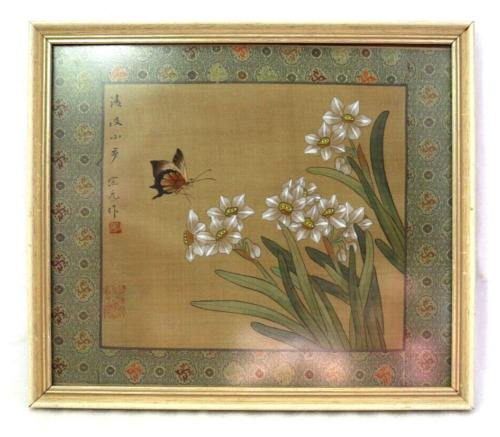
Vintage Chinese Asian Silk Painting Floral Butterfly Fabric Under Glass Framed || SWtradepost - ebay
#vintage framed art#silk framed art#chinese silk art#wall hanging#swtradepost#home decor#christmas#gifts#vintage chinese silk art#asian silk art
88 notes
·
View notes
Text
A collection of mini fun facts : I'll explain them base on the sequence of the geography (MAP)
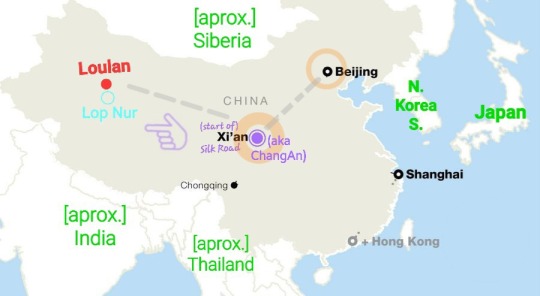
The CAPITALs : (orange circles)
Last time I talked about how palace in the anime take reference of Forbidden Palace, 🏛️ which is located in ☆Beijing, the capital city of Ming and Qing Dynasty.
However Xi'an🏛️ (aka ★ChangAn) is the capital city of TANG Dynasty,
which is the clothing style of the characters. (ChangAn is the ancient name of Xi'an)
FASHION :
During TANG, ★ChangAn, was a cosmopolitan and multicultural city since it is the starting destination of 🐫 Silk Road.

Ah Dou is wearing a riding suit, know as Hufu 👕. It was a fashion among the noble ladies to wear Hufu for horse ride🐴 . Hufu is male clothing of the *Western region (part of 🐫 Silk Road). [ *West is Central Asia, not Europe]

LOULAN : (red on map)
Maomao was curious of 💐Concubine Loulan who has Northen facial feature while wearing Southern outfit. In history, LouLan was the name of an ancient 👑kingdom at *Western region. It's location is modern Xinjiang near the now dried salt lake Lop Nur (MAP). The carved wooden beam above is an artifact of Loulan Kingdom.👑

NAIL POLISH :
Just as the anime, Balsam is a major ingredient for 💅nail polish (also for blush and lip color).
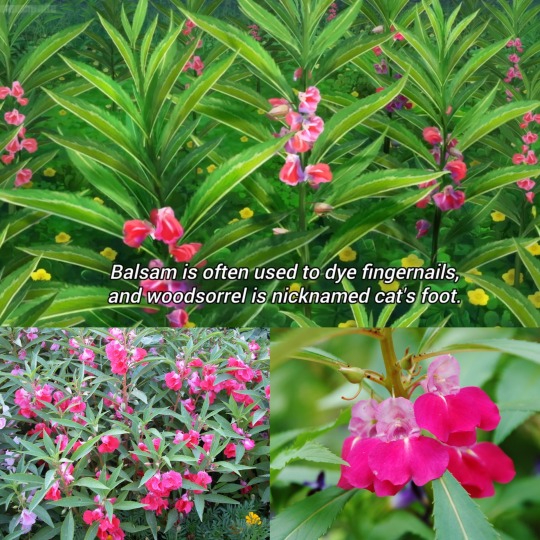
Balsam flowers are usually found in Central, East and South of Asia. When my grandma was a girl, she grounded the flower patels and apply them on nails then wait for a while , letting the juice to stain the nails before getting rid of the residue.
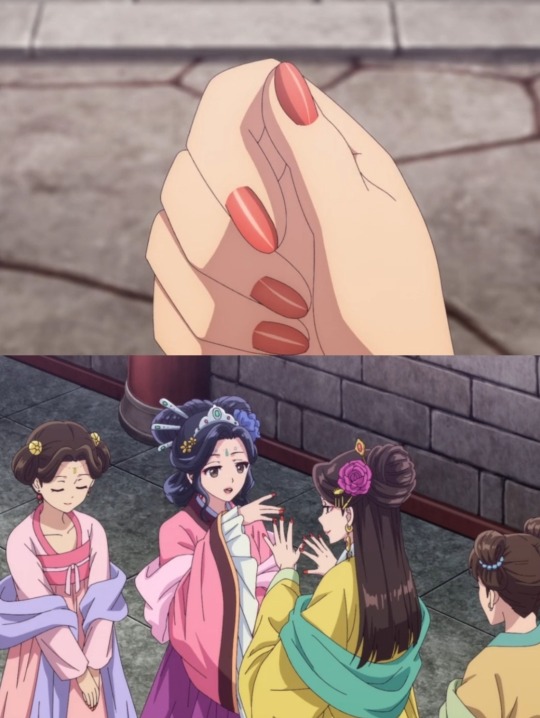
In ancient time, 💅 nail polish are made of juice of the grounded petals of balsam mixing with potassium alum. This chemical is used in drugs and silk painting / writing. 📚
WRITING :
Silk is more often used for painting than writing since it is expensive. Potassium alum is applied on silk as preparation for painting and writing.

Other than silk, bamboo and wooden slips were being used for writing, before paper is commonly used.
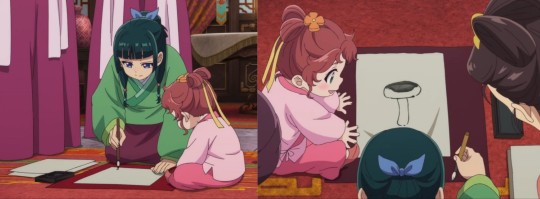
OX BEZOARS :
🐃 Ox bezoars (the drugs that turns Maomao into "upper moon demon" ) is used for de-toxing. 牛黃 is Chinese and kanji character of ox bezoars. Nowadays, it's made into tablet form know as 牛黃「解毒」片. In this context 「解毒」is meaning de-toxing. But some people mistaken 「解毒」means de - posion and think 牛黃「解毒」片 (Ox bezoars) can get rid of poison intaken by individuals, since Maomao mentioned to JinShin to use poison if she is ever facing death penalty.

#apothecary diary#maomao#jinshi#loulan#lihua#nail polish#horse#silk road#xi'an#Chang An#changan#beijing#tang dynasty#forbbiden palace#palace#japanese#chinese
23 notes
·
View notes
Text




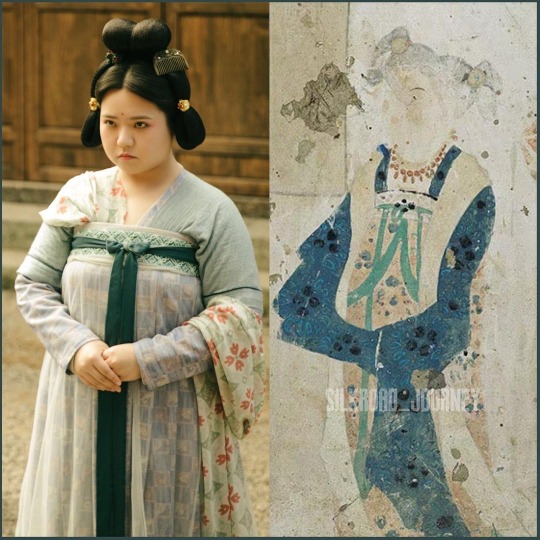

Tang dynasty period drama (Luoyang 风起洛阳) 2021
Vast majority of the C-drama costumes are restored based on real Tang dynasty paintings from the Mogao Caves. These are some examples.
Photos credit: silkroad_journey on Instagram.
#chinese history#chinese culture#hanfu#tang dynasty#Buddhism#mogao caves#China#silk road#ancient china#Medieval China#chinese drama#cdrama#hanfu recreation#Hanfu restoration#dynastic china#art
225 notes
·
View notes
Text
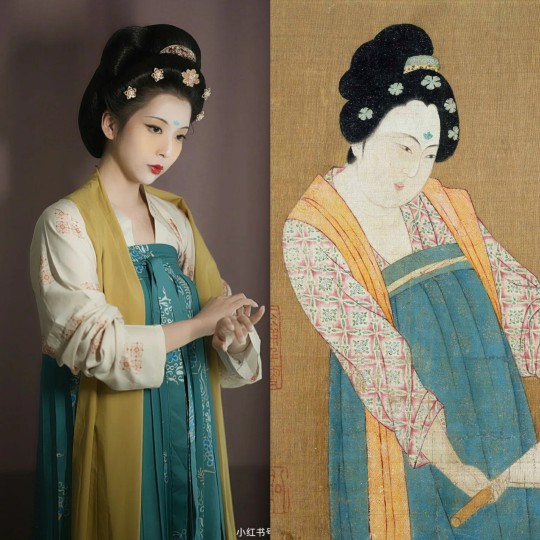
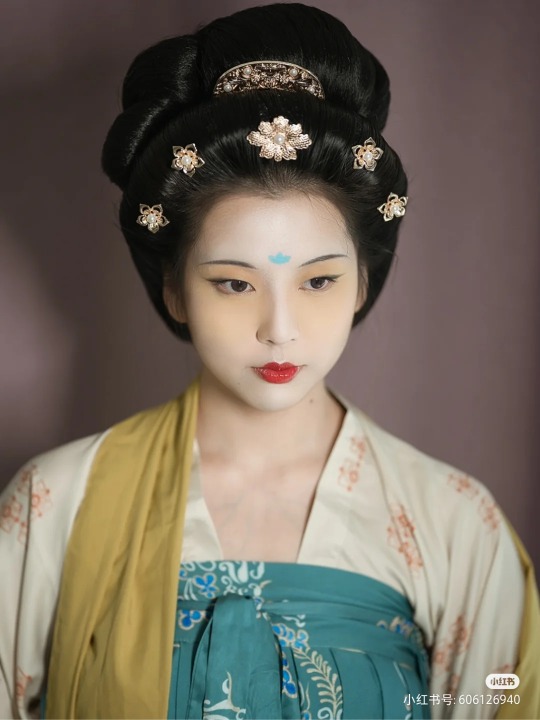
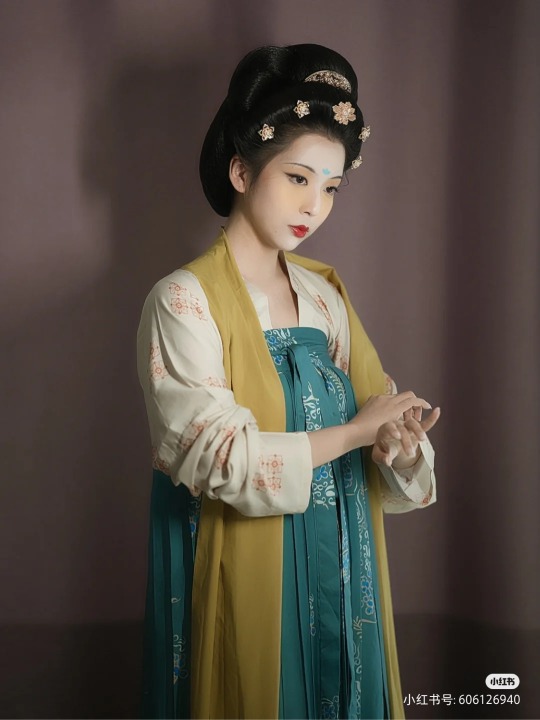

【Reference Artifacts】
♦️China Tang Dynasty Painting:【捣练图/Court Ladies Preparing Newly Woven Silk】
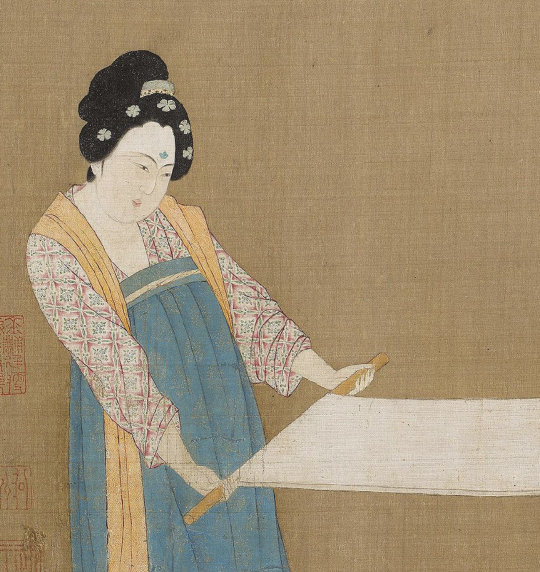

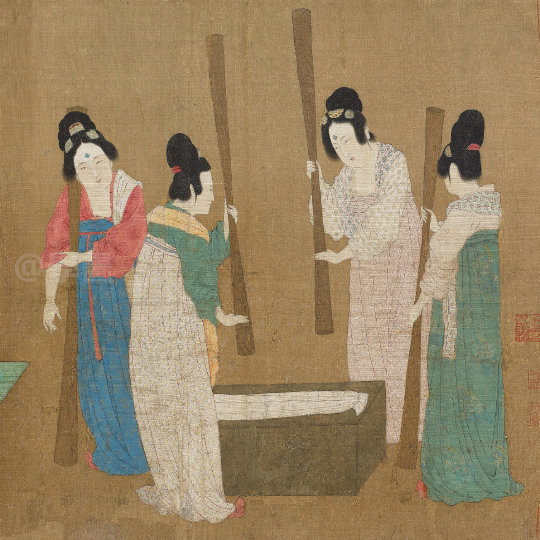
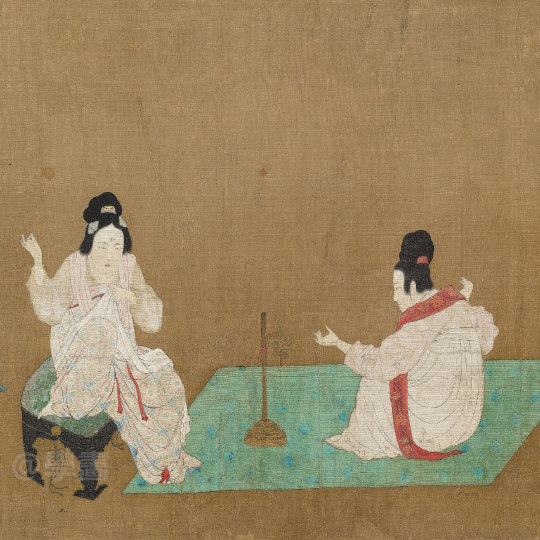

[Hanfu · 漢服]Chinese Tang Dynasty(618-907A.D)Traditional Clothing Based On Tang Dynasty Painting 【捣练图/Court Ladies Preparing Newly Woven Silk】
————————
📸Recreation Work:@菌菌大王www
🧚🏻♀️Model:@菌菌大王www
🔗Xiaohongshu App:
————————
#chinese hanfu#Tang Dynasty(618-907A.D)#hanfu#hanfu accessories#hanfu history#hanfu_challenge#china#chinese traditional clothing#chinese#chinese fashion history#chinese culture#ruqun#齊胸衫裙 qixiong shanqun#pibo 披帛#捣练图#汉服#漢服#Court Ladies Preparing Newly Woven Silk#huadian
227 notes
·
View notes
Text

Atelier Manassé ~ The Bulgarian dancers Sonja and Katja Georgjeva (also Georgiewa, Georgieva), ca. 1930 | src MutualArt
View on WordPress
#Olga Spolarics#Atelier Manasse#Bulgarian dancers#danseuses#chinese costume#dance costume#dance pose#tanzkostum#tanzpose#danzatrici#sonja georgiewa#katja georgiewa#Katja Georgjeva#manassé#manasse#oriental costume#silk pajamas#1930s#Sonja Georgjeva#studio manassé#bonnet#Adorja’n von Wlassics#studio manasse#Atelier Manassé#tanzerinnen#tanzpaar#dancers#women artists
64 notes
·
View notes
Photo
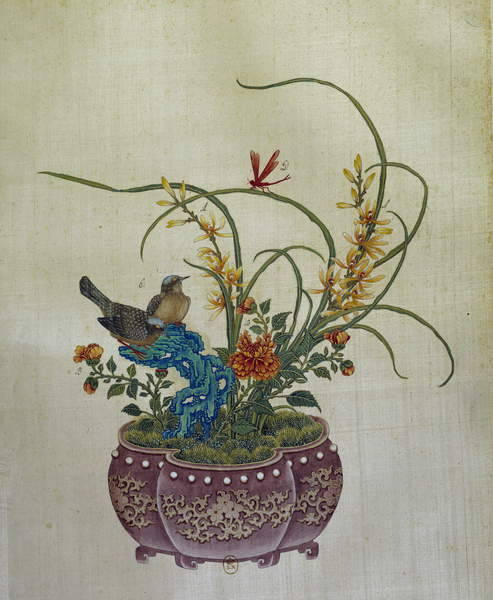
Chinese art: flowers and birds. 18th century silk painting. Paris, B.N. by School Chinese (Undated, oil on canvas)
#art#artwork#kunst#kunstwerk#school chinese#chinese art#chinesische kunst#asian art#asiatische kunst#flowers#blumen#birds#vögel#silk painting#seidenmalerei#l
38 notes
·
View notes